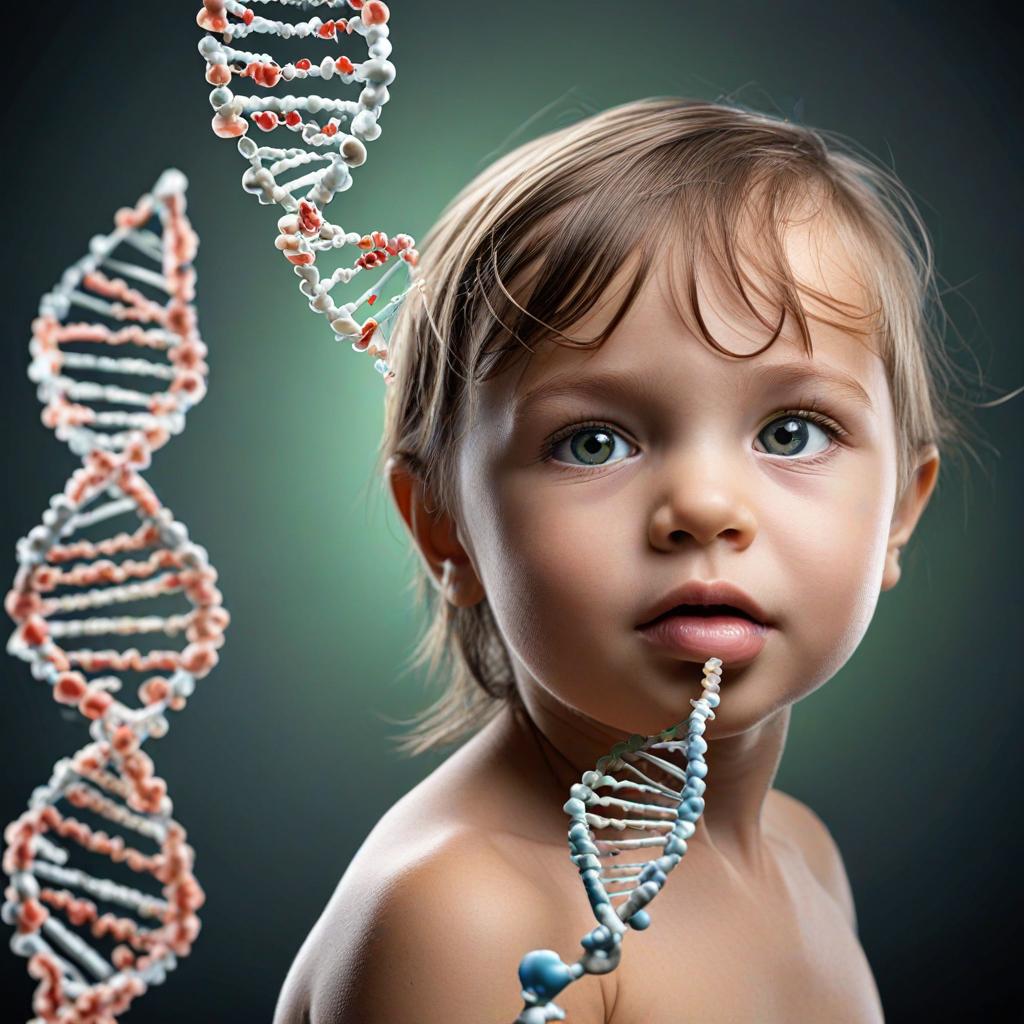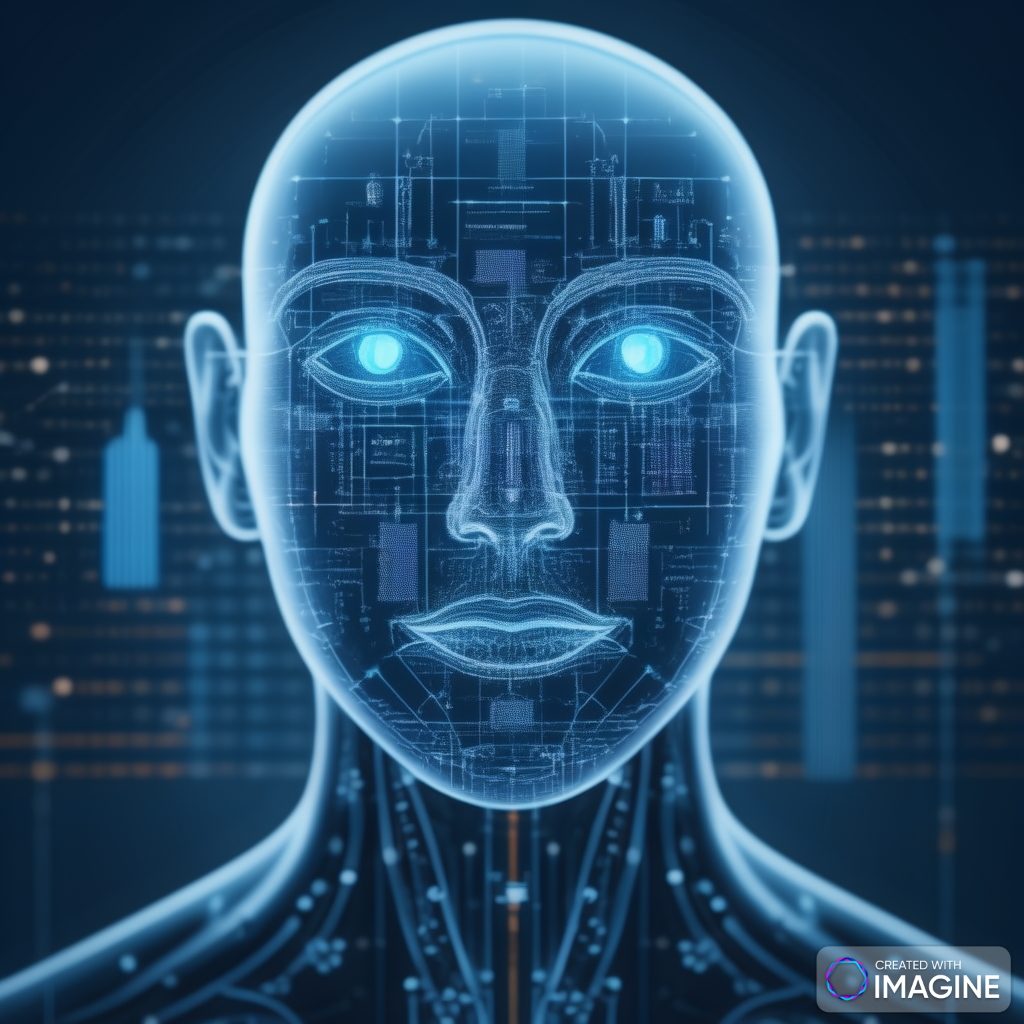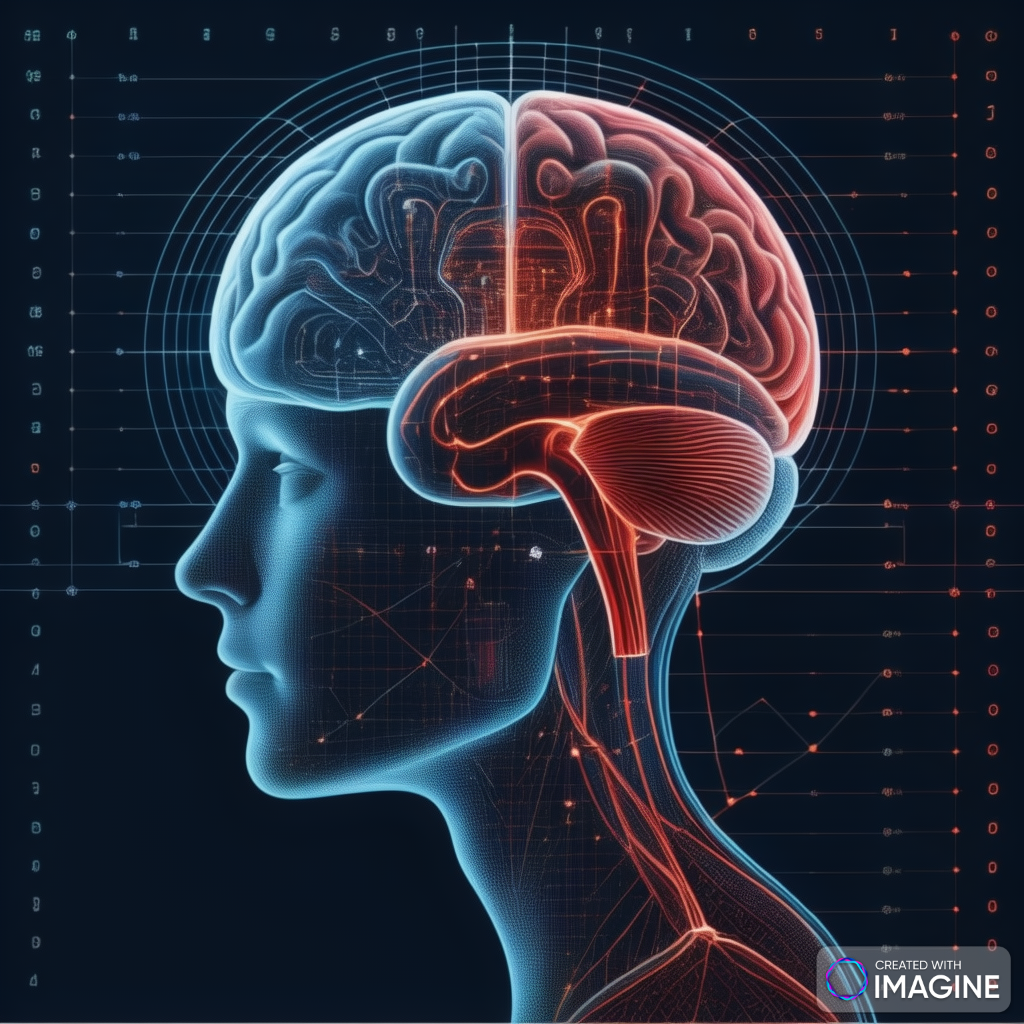The Journey from Conception to a Full-Fledged Human: How the Human Body Takes Shape
The process of human development from conception to birth, and eventually growing into a full-fledged human being, is a remarkable and intricate journey. It involves a series of highly regulated biological events that lead to the formation of organs, tissues, and limbs, transforming a single fertilized cell into a complex, functioning human body. In this blog post, we’ll dive deep into how this process unfolds, focusing on key milestones, how different organs and systems take shape, and the science behind this fascinating journey.
Conception: The Beginning of Life
The process of human development begins at conception, when a sperm cell from the father merges with an egg cell from the mother in a process called fertilization. This fusion results in a single cell called a zygote, which contains all the genetic information required to create a human being.
- Fertilization occurs in the fallopian tube, and within hours, the zygote begins to divide and multiply through a process known as mitosis. The zygote forms two cells, then four, eight, and so on, eventually forming a cluster of cells called a blastocyst by the time it reaches the uterus. This blastocyst implants itself into the uterine wall, where it continues to develop into an embryo.
The Embryonic Stage: Foundation of the Body (Weeks 1-8)
During the first eight weeks of development, the embryo undergoes rapid cell division and differentiation. This period is critical because it lays the foundation for the formation of all major organs and systems.
Week 2-3: Formation of Germ Layers
- At this stage, the cells of the embryo organize into three primary layers known as germ layers. These layers give rise to all tissues and organs in the body:
- Ectoderm: Forms the nervous system (brain, spinal cord, nerves), skin, and hair.
- Mesoderm: Gives rise to the skeleton, muscles, circulatory system (heart and blood vessels), and reproductive organs.
- Endoderm: Develops into the digestive system, liver, pancreas, and respiratory system.
Week 3-4: Development of the Neural Tube and Heart
- One of the earliest structures to form is the neural tube, which eventually becomes the brain and spinal cord. This begins around day 18-21 post-conception.
- Simultaneously, the heart starts to form from clusters of cells in the mesoderm layer. By the end of week 4, the heart begins to beat, marking the first signs of life and circulation.
Week 5-8: Limb Buds and Organ Formation
- Limb buds emerge around week 5, giving rise to the arms and legs. At this stage, the hands and feet are like paddles, but the fingers and toes gradually become distinguishable by week 8.
- During this time, other vital organs such as the digestive system, kidneys, liver, and lungs begin to form. The digestive system develops from the endoderm and starts as a simple tube, which later differentiates into the stomach, intestines, and esophagus.
- The lungs begin forming as small buds that branch out into the respiratory tree.
The Fetal Stage: Growth and Refinement (Weeks 9 to Birth)
At the end of the embryonic stage, the developing human is referred to as a fetus, and it begins to resemble a small human being. The fetal stage, which lasts from week 9 until birth, is characterized by significant growth and refinement of organs and body structures.
Weeks 9-12: External Features Take Shape
- By week 9, the fingers and toes are fully developed, and nails begin to grow. The fetus starts to move its limbs, although these movements are not yet felt by the mother.
- The eyes, ears, and nose continue to form, and the external features of the face become more distinct.
- Internally, the digestive system starts functioning as the fetus practices swallowing amniotic fluid.
Weeks 13-16: Bone Formation and Muscle Development
- The skeletal system starts to ossify, meaning bones begin to harden. Initially, the bones are made of cartilage, but they gradually calcify as calcium is deposited.
- Muscle development accelerates during this period, and the fetus can now make stronger and more coordinated movements. The fetus also begins to develop reflexes like sucking and grasping.
Weeks 17-24: Organ Maturation and Lung Development
- By week 24, the fetus’s organs, including the heart, brain, and kidneys, are well-developed, although not fully functional.
- A critical development during this time is the maturation of the lungs. The lungs begin producing a substance called surfactant, which is crucial for keeping the air sacs in the lungs open after birth. Premature babies born before this point often have difficulty breathing due to insufficient surfactant.
Weeks 25-40: Rapid Growth and Final Preparations for Birth
- During the final trimester, the fetus undergoes rapid growth. It gains weight and muscle tone as it prepares for life outside the womb.
- The digestive system becomes functional, although the fetus receives all nutrition through the placenta. Meconium, a dark, tar-like substance, begins to accumulate in the intestines and will be the baby’s first stool after birth.
- The brain undergoes significant growth, with the cerebral cortex—the part responsible for higher brain functions—beginning to fold and increase in complexity.
How Do These Developments Happen? The Science Behind Organ Formation
The development of the human body from a single cell into a fully formed baby involves complex biological mechanisms. Here are the key processes that drive this transformation:
Cell Differentiation
Cell differentiation is the process by which cells become specialized to form different tissues and organs. In early development, cells in the embryo are pluripotent, meaning they have the potential to become any type of cell. Signals from nearby cells and the environment influence which genes are turned on or off, directing a cell to become a muscle cell, nerve cell, or skin cell, for example.
Genetic Regulation
Genes control the development of the body’s structures through intricate regulatory mechanisms. Gene expression ensures that the right proteins are produced at the right time to guide the formation of organs and tissues. A group of genes known as Hox genes plays a key role in determining the body’s layout, including the position of limbs and organs.
Morphogenesis
Morphogenesis refers to the process by which cells organize into three-dimensional structures like organs and limbs. It is driven by the movement, growth, and differentiation of cells, and involves a combination of mechanical forces, chemical signals, and genetic regulation.
Apoptosis (Programmed Cell Death)
In some cases, cells must die for proper development to occur. For example, the fingers and toes form through apoptosis in the webbed tissue between them. This process allows for the sculpting of structures during development.
The Miracle of Birth
By the time of birth, all of the body’s organs and systems are formed and functional, although some, like the lungs and brain, continue to develop after birth. The baby is ready to transition from the protective environment of the womb to the outside world, where it will begin breathing air, digesting food, and interacting with its environment.
Expanding on the Development of a Human Body from Conception to Birth: A Deeper Dive
The development of a human body is a complex orchestration of cellular, molecular, and genetic processes that begins at conception and continues well beyond birth. We’ve already covered the basics, but let’s dive deeper into each stage of development to understand the intricacies, advanced biological mechanisms, and scientific principles that contribute to the formation of a human being. This section expands from the basic events to advanced biological principles that govern the journey from a single cell to a full human.
Advanced Genetic Regulation: Blueprints of Development
At the heart of human development is DNA, the molecular blueprint for life. The human genome contains approximately 20,000-25,000 genes, and these genes provide the instructions to build every organ, tissue, and system in the body.
Epigenetics: Fine-Tuning Gene Expression
- Epigenetic mechanisms involve chemical modifications to DNA and histone proteins that do not change the DNA sequence but influence how genes are expressed. These mechanisms are crucial in early development, as they regulate which genes are turned on or off in different tissues, ensuring that a liver cell produces liver-specific proteins while a brain cell produces neural proteins.
- Environmental factors in the womb, such as nutrition and hormones, can also influence epigenetic marks, potentially impacting development and even health outcomes later in life.
Gene Networks and Feedback Loops
- Gene regulation isn’t just a linear process; it involves feedback loops and gene regulatory networks. Specific genes activate or suppress other genes in a coordinated sequence, ensuring that development follows the correct timing and spatial pattern.
- For example, during limb development, certain morphogen gradients (concentration gradients of signaling molecules) help establish where fingers or toes will form. These gradients are controlled by feedback loops involving Hox genes and Wnt signaling pathways.
Stem Cells and Pluripotency: The Foundation of All Tissues
Embryonic Stem Cells
- The earliest cells of the embryo, known as embryonic stem cells (ESCs), are pluripotent, meaning they have the potential to become any cell type in the body. These cells divide rapidly and begin to differentiate as early as the blastocyst stage.
- Induction signals from nearby cells and specific biochemical cues drive these stem cells to commit to different lineages—becoming either mesodermal (for muscles and bones), ectodermal (for skin and nerves), or endodermal (for internal organs).
Tissue-Specific Stem Cells
- As development progresses, multipotent stem cells emerge. These cells are more restricted in their fate and give rise to specific tissues such as hematopoietic stem cells, which form blood cells, or neural stem cells, which form the nervous system. These tissue-specific stem cells remain active even after birth, playing a role in tissue regeneration and repair throughout life.
Gastrulation: Establishing Body Plan and Polarity
One of the most critical early processes in development is gastrulation, which occurs around the third week post-conception. Gastrulation is responsible for setting up the basic body plan by forming the three germ layers: ectoderm, mesoderm, and endoderm.
Body Axes Formation
- Gastrulation establishes the anterior-posterior (head-to-tail), dorsal-ventral (back-to-belly), and left-right axes of the body. Specialized cells called the primitive streak migrate to create these axes, which ensure that organs and limbs form in the correct position.
- Asymmetry is critical, and molecular signals such as Nodal and Lefty establish left-right asymmetry. For example, these signals ensure that the heart develops on the left side of the body, while the liver develops on the right.
Cell Movement and Morphogenesis
- During gastrulation, cells undergo invagination, a process where groups of cells migrate inward to form new layers. These cellular movements are tightly coordinated and are directed by cues from extracellular matrices and signaling molecules like fibronectin and laminin.
- Morphogenesis, the process by which cells organize into tissues and organs, is heavily dependent on this early cell movement and interaction.
Organogenesis: The Formation of Organs and Systems
As the basic body plan is established, the embryo moves into a stage called organogenesis, where the formation of specific organs and body systems begins.
Neural Development: Building the Brain and Spinal Cord
- Neurulation is the process that forms the neural tube, which eventually becomes the central nervous system (CNS). The notochord, a rod-like structure, sends signals to overlying ectodermal cells, causing them to fold and form the neural tube. Failure in this process can result in defects like spina bifida.
- The brain begins to divide into distinct regions: the forebrain, midbrain, and hindbrain. Specialized areas for memory, reasoning, and sensory processing start to form as early as the second month, although they continue to mature after birth.
- Synaptogenesis, the formation of synapses between neurons, occurs rapidly during fetal development and continues into early childhood, allowing for the complex wiring of the brain.
Cardiovascular System: From Simple Tubes to a Pumping Heart
- The heart is one of the first functional organs to form. Initially, it begins as a simple tube but undergoes a series of foldings and septations (partitioning) to form a four-chambered structure.
- The septum primum and septum secundum divide the heart into left and right atria, while the ventricular septum separates the left and right ventricles. The valves that regulate blood flow (e.g., the mitral and aortic valves) also form from specialized endocardial cushions.
- The circulatory system, complete with arteries, veins, and capillaries, begins to function in conjunction with the developing heart by week 8, ensuring that oxygen and nutrients are delivered to all developing tissues.
Digestive System: From a Simple Tube to Functional Organs
- The digestive system originates from the endoderm and starts as a simple gut tube. Over time, this tube differentiates into the esophagus, stomach, intestines, liver, pancreas, and gallbladder.
- Rotation and elongation of the intestines are critical processes. The intestines undergo a 270-degree counterclockwise rotation during development, ensuring they are positioned properly within the abdomen.
- The liver begins producing bile in the fetal stage, while the pancreas develops both its exocrine (digestive enzyme production) and endocrine (insulin secretion) functions by late fetal development.
Respiratory System: Preparing for Life Outside the Womb
- Lung development occurs in five stages, starting with the embryonic stage where lung buds form, followed by the pseudoglandular stage, canalicular stage, saccular stage, and finally the alveolar stage, where the lungs develop the small air sacs (alveoli) necessary for gas exchange.
- Production of surfactant, a lipid-protein substance that keeps the alveoli open by reducing surface tension, is critical. Surfactant begins to be produced by type II pneumocytes around week 26 and is crucial for a baby’s ability to breathe independently at birth.
Limb Development: Precision in Timing and Shape
Limb development is a highly regulated process, involving several stages that ensure the proper formation of arms, legs, hands, and feet.
Proximal-Distal Growth
- The growth of limbs occurs from the proximal (closer to the body) to the distal (further from the body) ends, regulated by the apical ectodermal ridge (AER), a signaling center at the tip of the limb bud. The AER releases molecules such as FGF8 that promote the elongation of the limbs.
Digit Formation
- The separation of fingers and toes is controlled by apoptosis (programmed cell death) in the tissues between the digits. This process is regulated by signals like Bone Morphogenetic Proteins (BMPs).
Patterning and Symmetry
- Hox genes also play a crucial role in limb patterning, ensuring that the proper structures (e.g., upper arm, forearm, hand) form in the correct sequence. These genes follow a pattern of spatial collinearity, where the order of the genes on the chromosome corresponds to the order of limb structures they regulate.
Endocrine System: Hormonal Regulation of Growth
As the fetus grows, the endocrine system starts to play a role in regulating its development. The pituitary gland, known as the “master gland,” begins secreting growth hormone, which promotes the growth of tissues and organs. Other key glands that begin to form include the thyroid gland, which regulates metabolism, and the adrenal glands, which produce hormones that manage stress and immune responses.
The endocrine system continues to develop after birth and is essential for regulating metabolism, growth, and development throughout childhood and puberty.
Final Stages and Preparation for Birth
In the final months of fetal development, growth accelerates, and the organs undergo final maturation in preparation for birth. The fetus begins practicing vital functions such as breathing movements, swallowing, and sucking reflexes, which are crucial for survival immediately after birth.
Fetal Brain Maturation
- The brain undergoes rapid growth in the third trimester. The cerebral cortex, responsible for higher cognitive functions, continues to develop its intricate network of neurons and synapses, although it will not be fully mature until well into childhood.
Lung Maturation and Surfactant Production
- The lungs continue to mature, and surfactant production increases to prepare for breathing outside the womb. Premature babies often require surfactant therapy to help their lungs function properly if they are born before their lungs have fully matured.
Immune System Development
- The fetal immune system also develops during the third trimester. Immunoglobulin G (IgG) antibodies are transferred from the mother to the fetus through the placenta, providing passive immunity that protects the baby in the first few months of life.
This detailed expansion captures the complexity and scientific advancements behind each stage of development, ensuring a comprehensive understanding from the cellular and molecular levels to the macroscopic growth and formation of the human body.
Conclusion
The journey from conception to a fully developed human body is an extraordinary process governed by intricate genetic and biological mechanisms. From a single fertilized egg, the body takes shape through cell division, differentiation, and organogenesis, forming the complex and interconnected systems that enable life. Each stage of development is a delicate balance of growth, regulation, and coordination, ultimately leading to the birth of a new human being.
The science behind this development reflects the beauty of life itself, showcasing the complexity, precision, and marvel of human biology.






